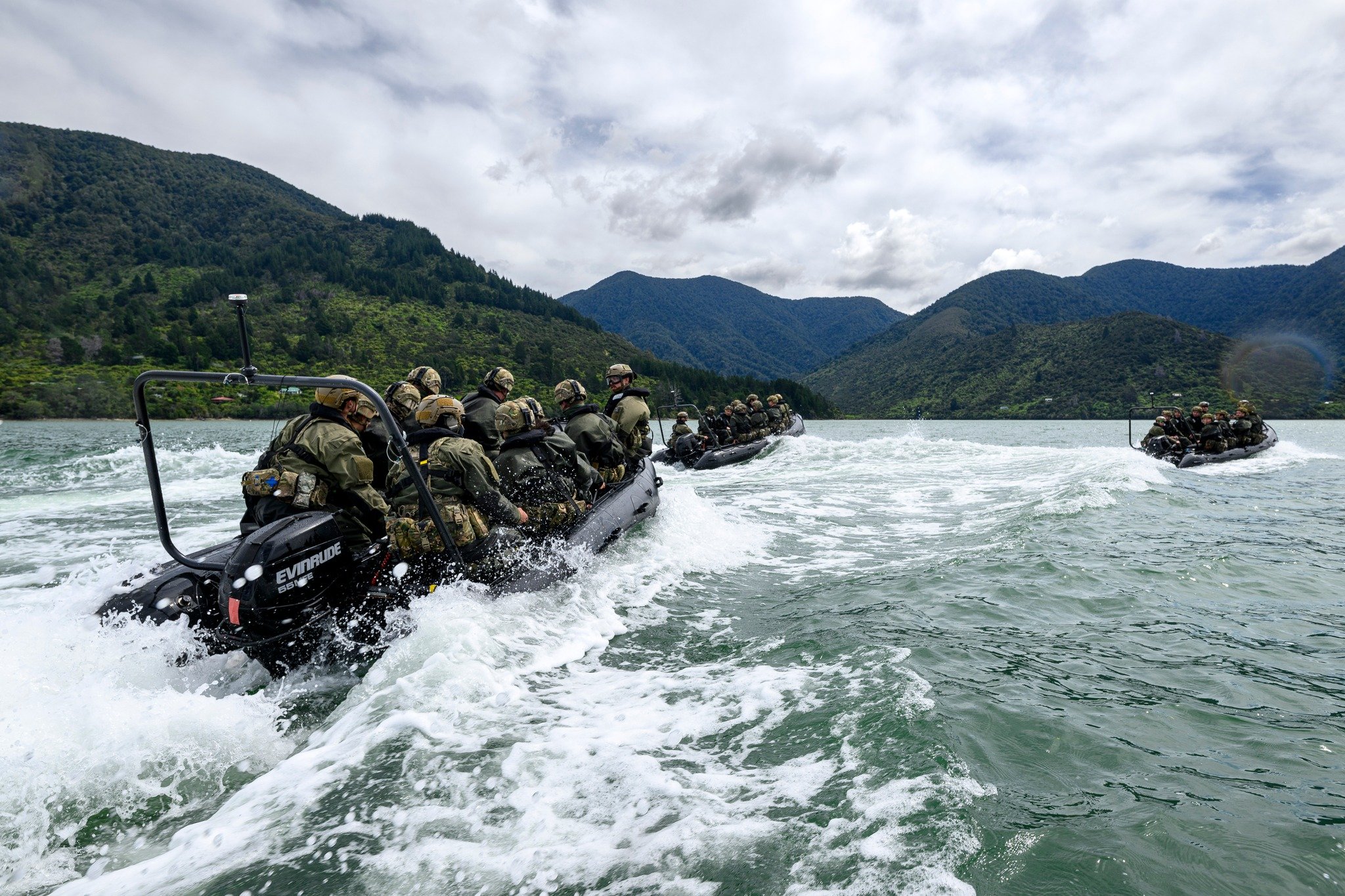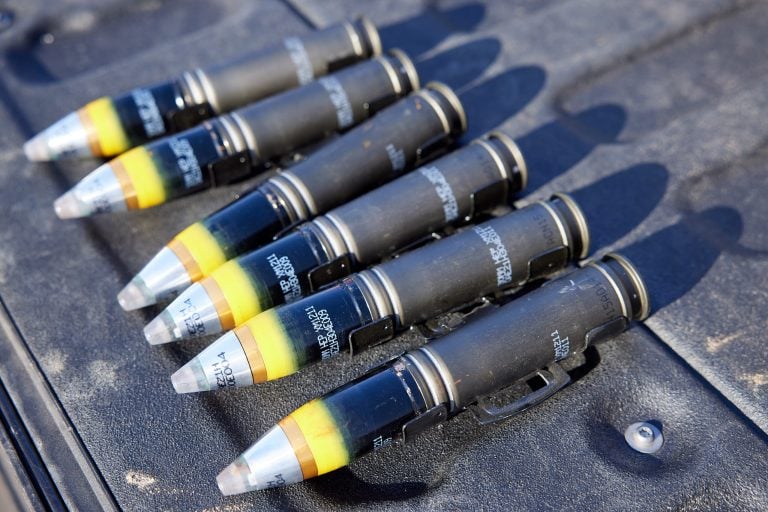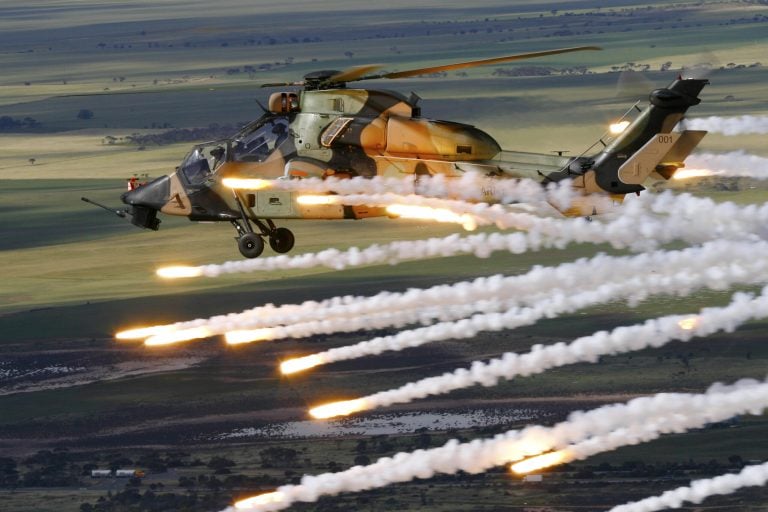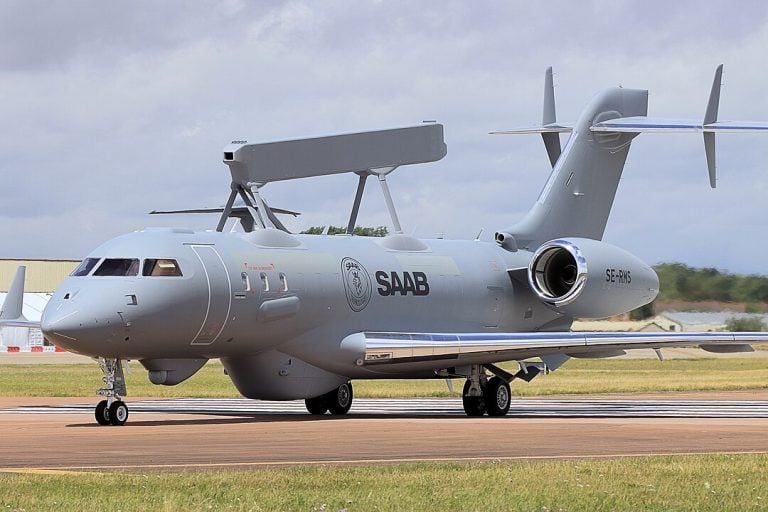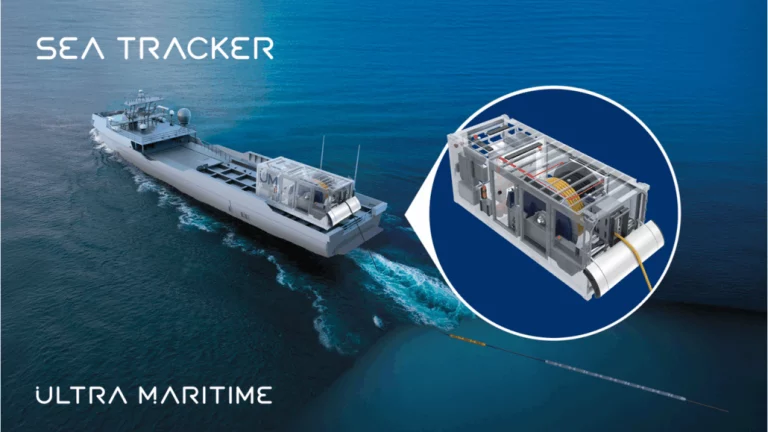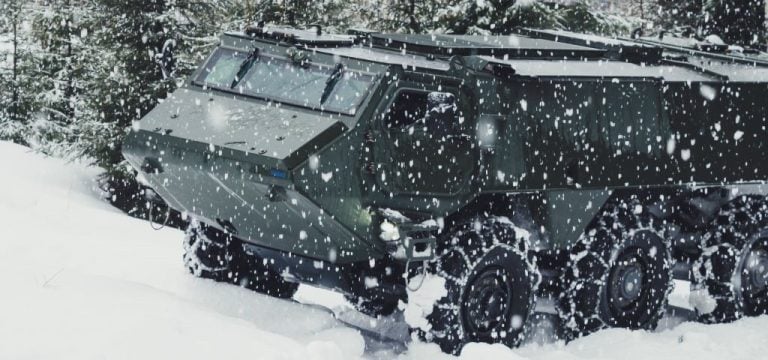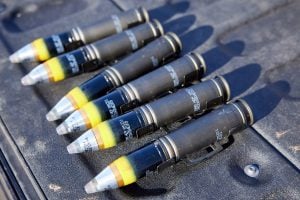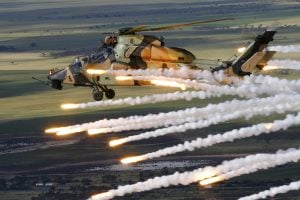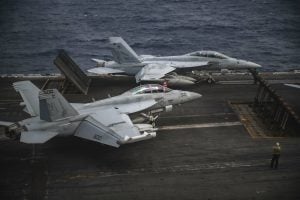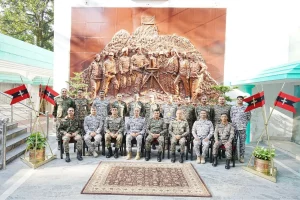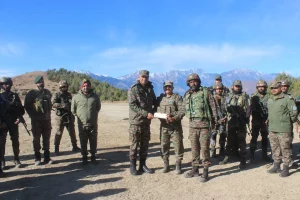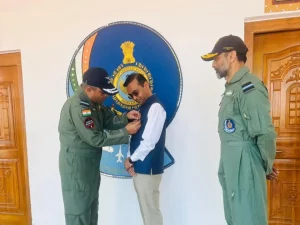The New Zealand Army has successfully wrapped up its largest training exercise on the South Island for 2025, marking a significant shift from initial extraction rehearsals to full-scale combat scenarios. This two-week event, known as “Exercise Cassino,” was held in the Marlborough District and aimed to test the adaptability of soldiers in real-world mission simulations.
The exercise commenced with training focused on non-combatant evacuation in a fictitious crisis zone, gradually escalating into more complex operations, including patrols, raids, and search missions against simulated militia forces. Soldiers engaged in various tasks such as clearing mock enemy camps, seizing a site for drone construction, and capturing a simulated militia leader.
This comprehensive operation saw the collaboration of multiple units, including the 3rd Combat Service Support Battalion, the 3rd Field Squadron Engineers, and the 5th Signals Squadron. Key assets from the Royal New Zealand Air Force, including NH90 helicopters and C-130J-30 Hercules transport aircraft, played a vital role in both transport and aerial training aspects. Additionally, army engineers utilized inflatable boats to simulate river approaches during the training exercises.
The culmination of the event occurred near the Wairau River at RNZAF Dip Flat, where participants executed a combined air and ground assault on a remote target area. Lt. Col. Jerry Mateparae, commanding officer of the Royal New Zealand Infantry Regiment’s 2nd/1st Battalion, emphasized the importance of the exercise. He noted that it reinforced the critical coordination between army and air force personnel and enhanced overall combat readiness.
“Having the opportunity to learn and develop skills required across the spectrum of conflict and within a contemporary operating environment are vital to ensure our personnel are ready for global operational deployments,” Mateparae stated. He described the exercise as a significant milestone in the army’s ongoing efforts to modernize its operational concepts for future battlefields.
Mateparae also expressed gratitude to the local community in Marlborough for its support during the exercise. He acknowledged that the scale of the training would not have been possible without local assistance, stating, “The wider Marlborough community have been incredible hosts to us throughout the last few weeks.” He praised the region’s natural beauty, which served as an effective training ground, and expressed enthusiasm for future training opportunities in the area.
